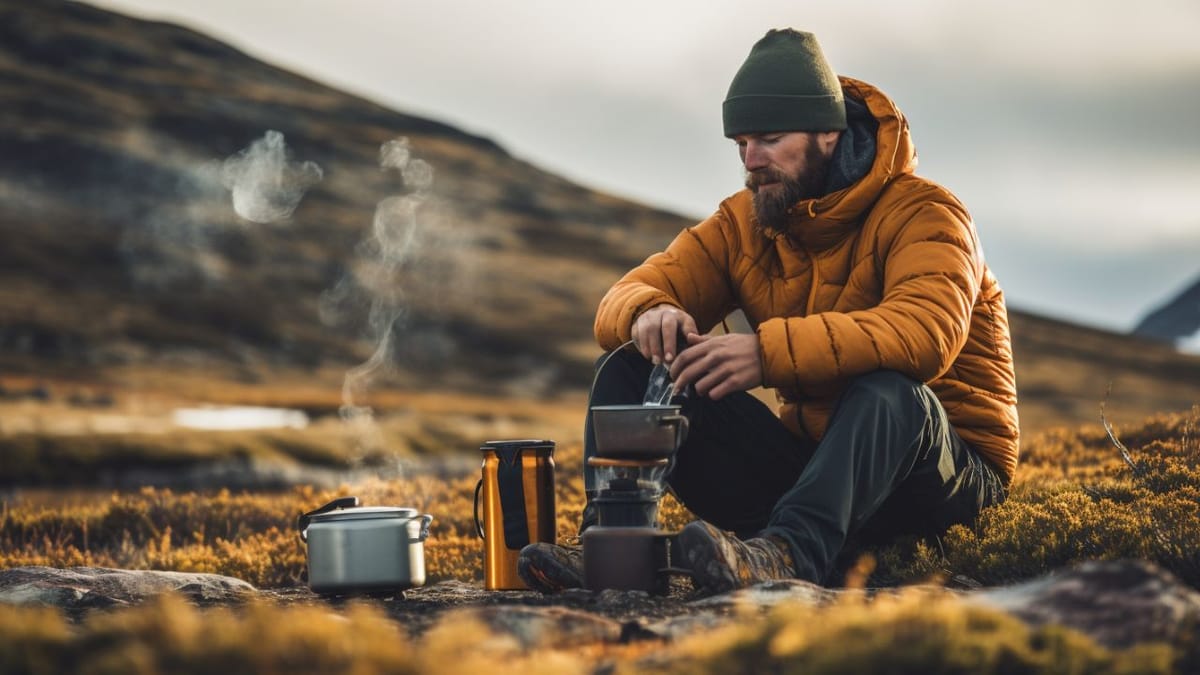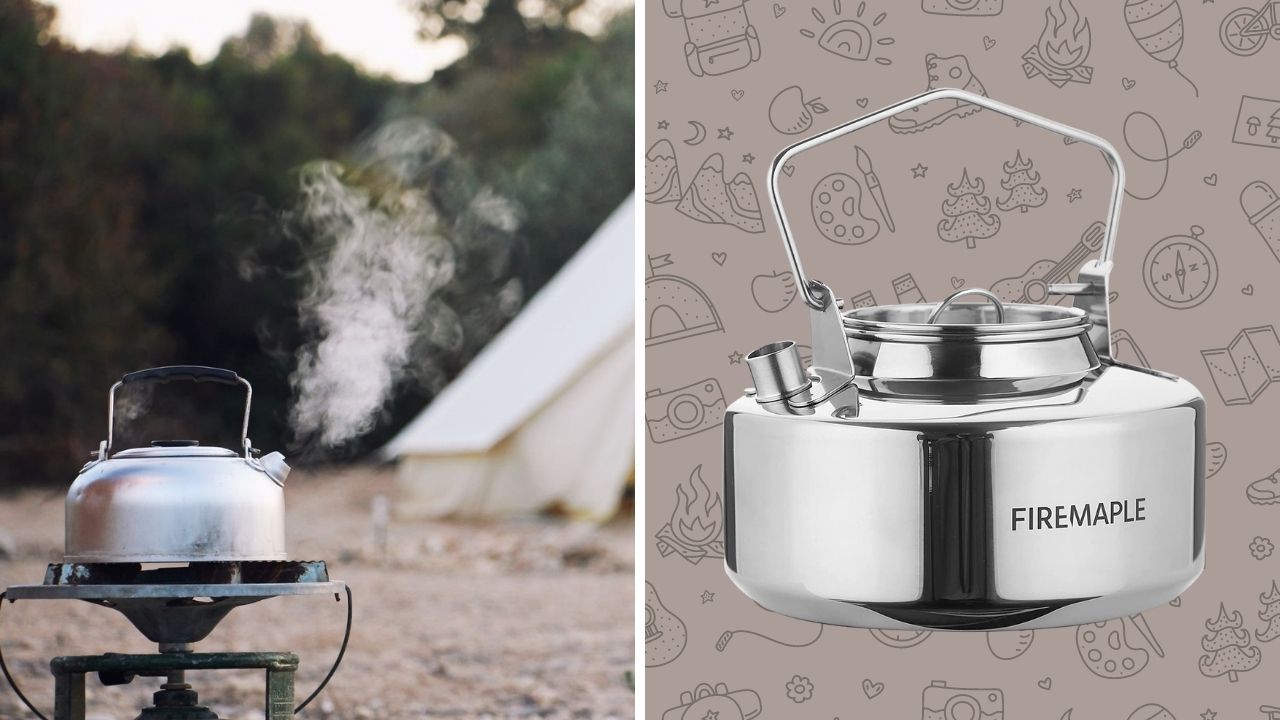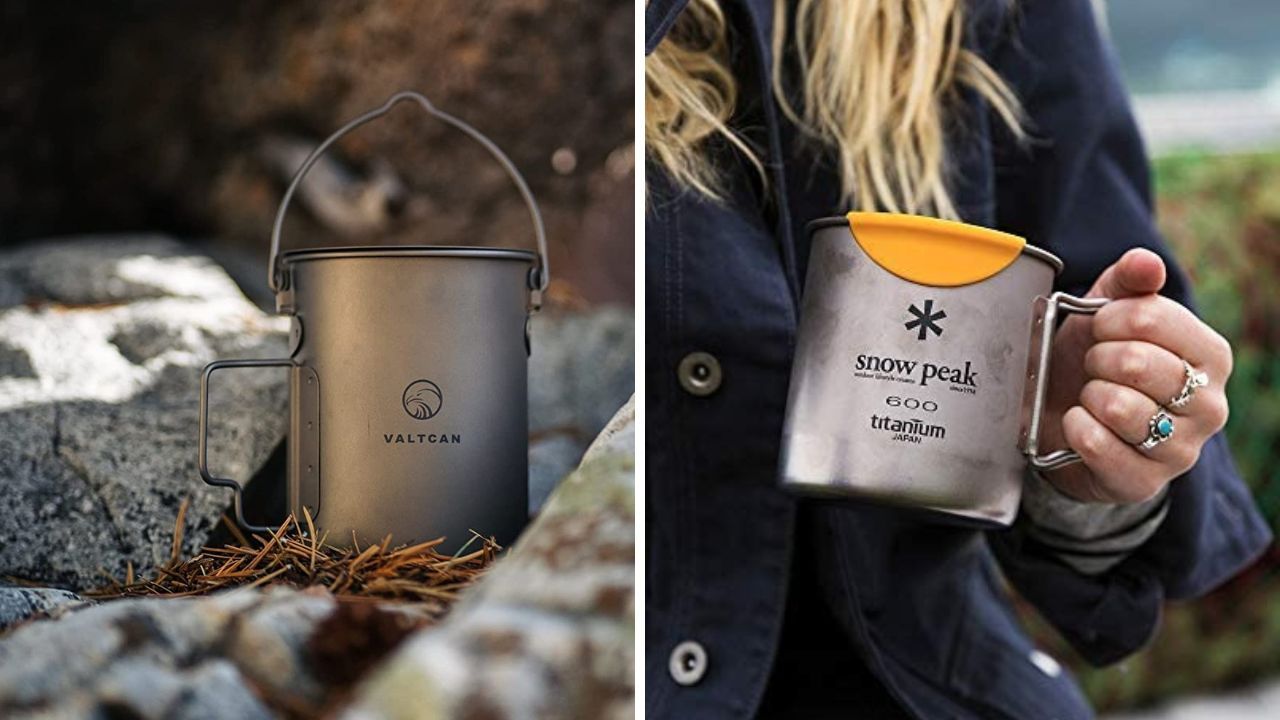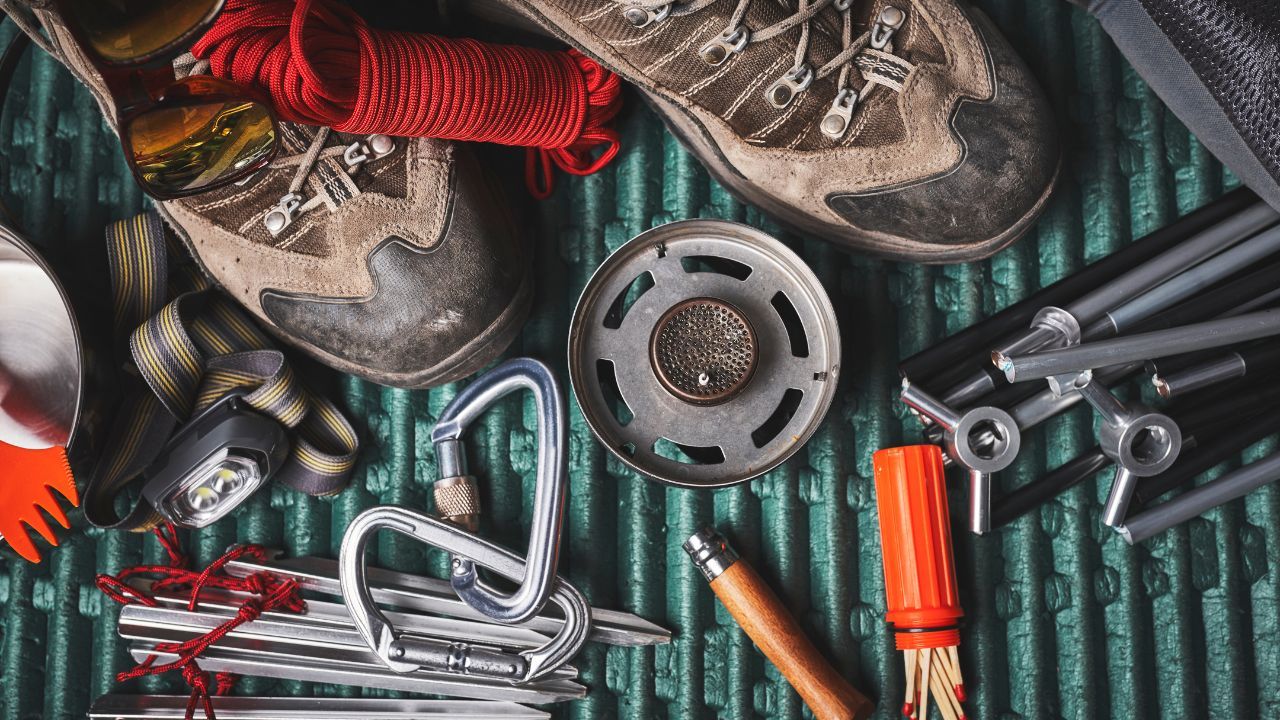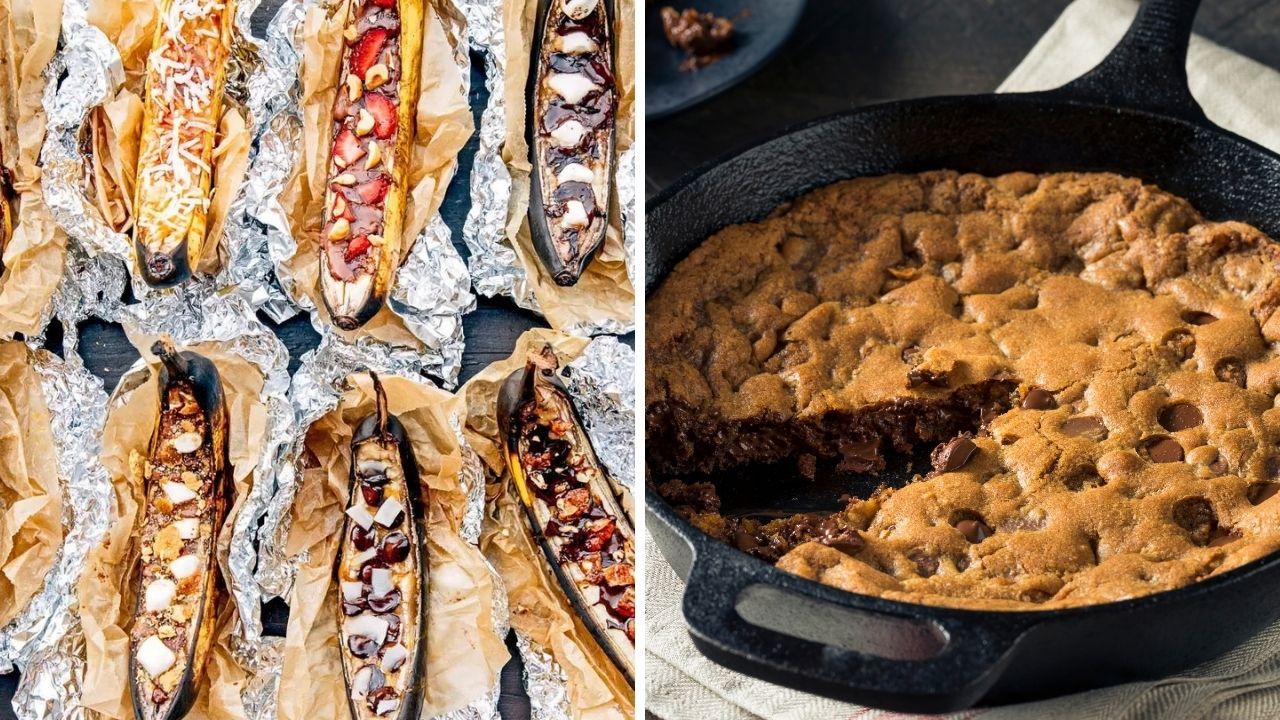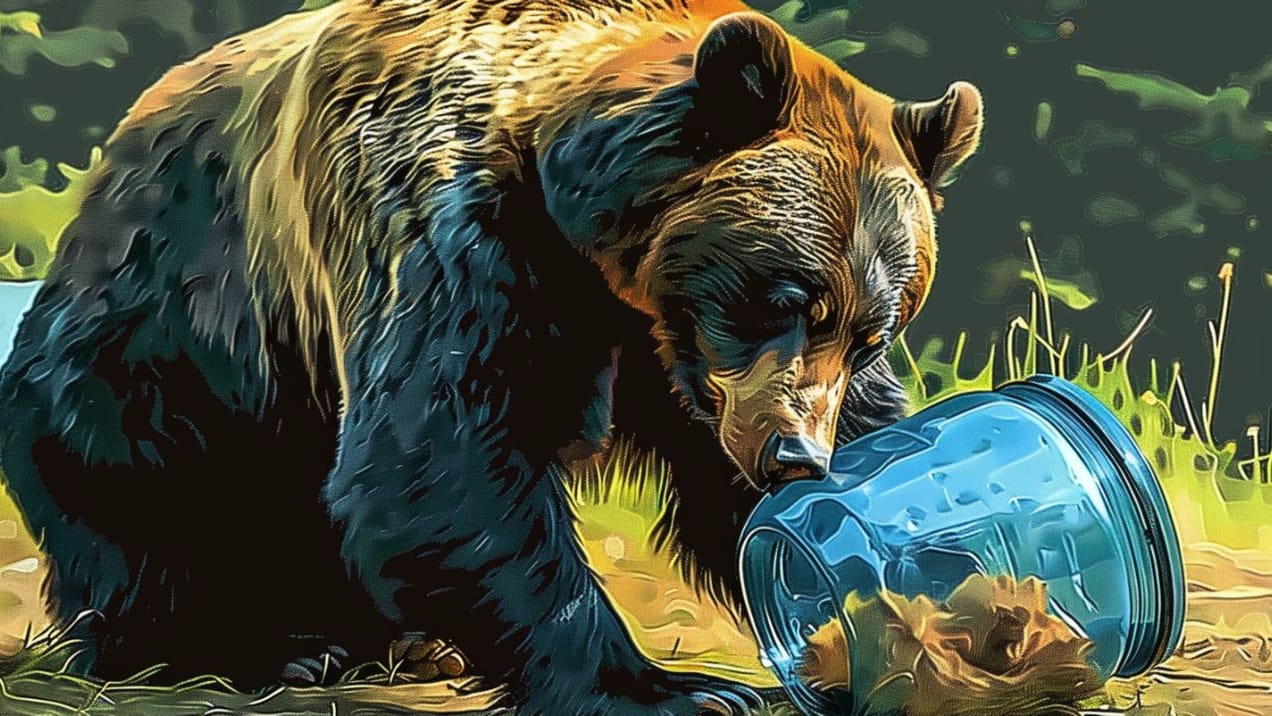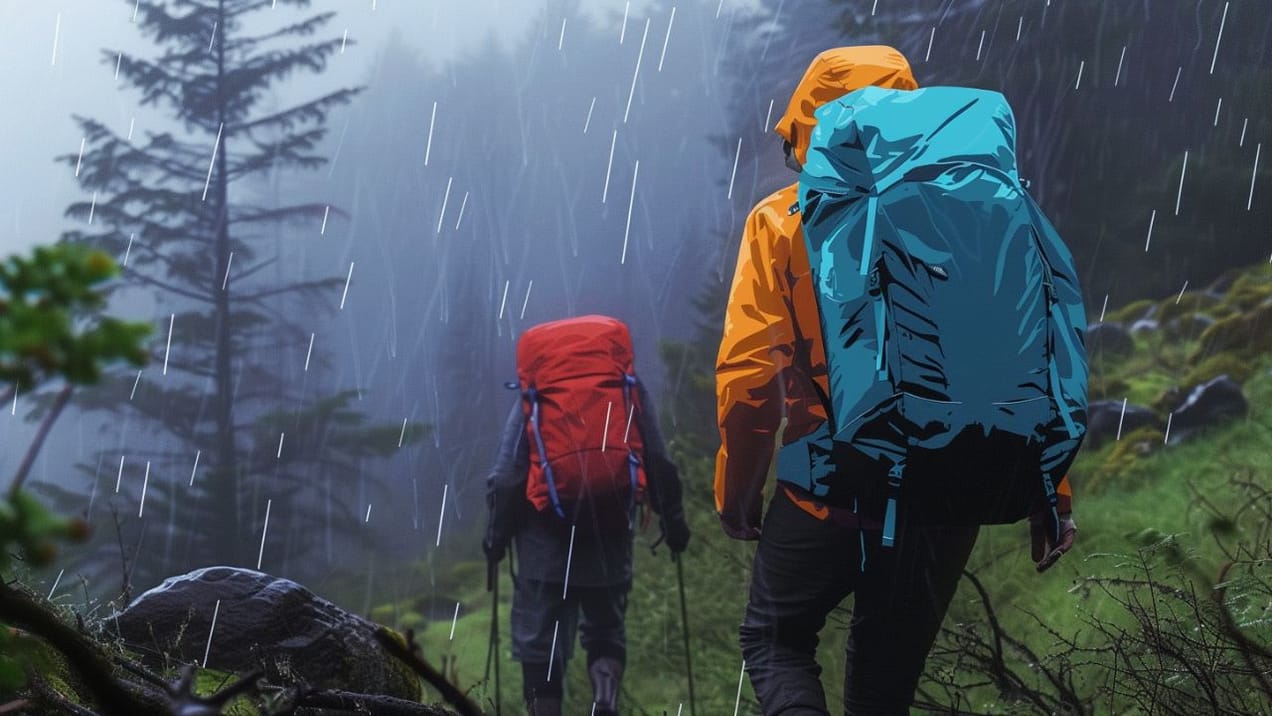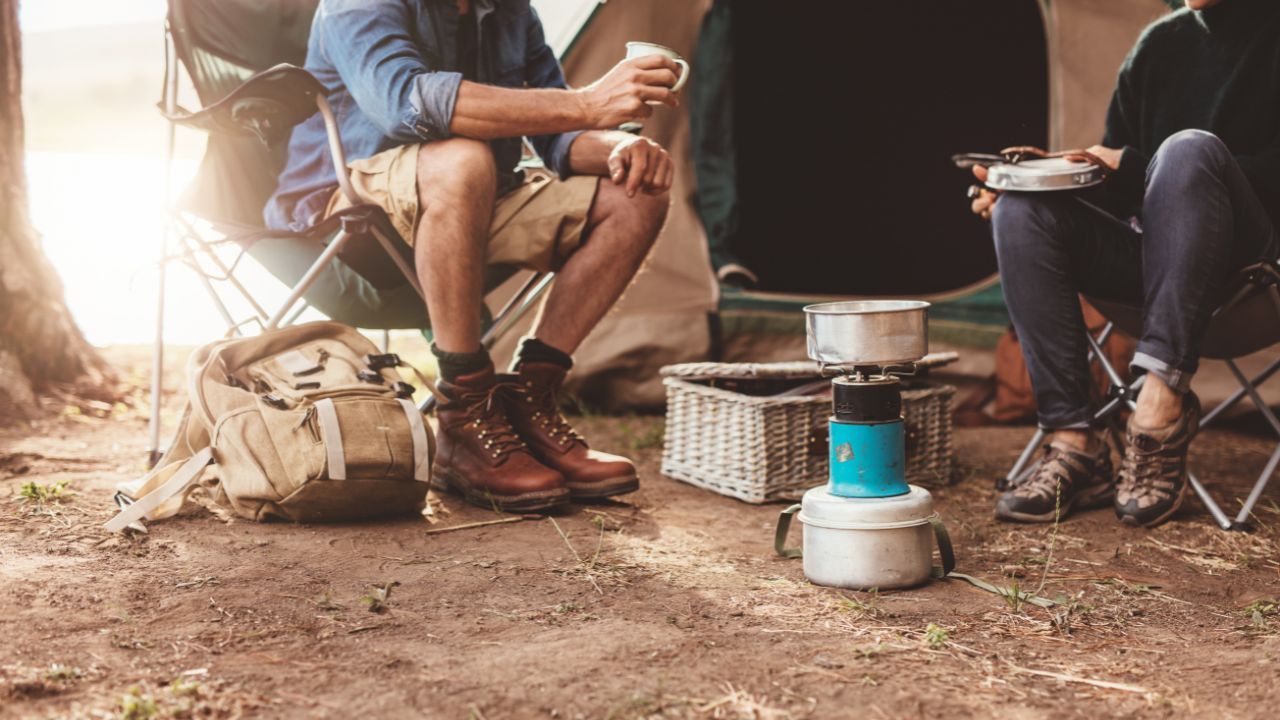
Brew-tiful Mornings! How to Make Coffee While Camping
Don't let camping compromise your coffee game! This guide covers everything you need to know about how to make coffee while camping.
You love camping in the great outdoors, but when the sun goes down and you start to miss the creature comforts of home, it can be hard to find a decent cup of coffee - or any proper caffeine fix.
You've tried making your usual brew over a campfire, but it's never quite as good - and there's not enough to share with your friends. Even if you packed along some instant coffee packets, they just don't hit the spot like real brewed coffee does.
Lucky for you, we've got the perfect solution! Our comprehensive guide tells you everything you need to know about making amazing-tasting coffee while camping in the great outdoors!
So now you can enjoy that first delicious sip from your favorite mug without sacrificing convenience or flavor.
Disclosure: We only recommend things we’ve personally used or come highly recommended by trusted peers. Using one of our referral links might give us a small commission which helps support this website at no additional cost to you. If you’d like to learn more check out our disclaimer page.
The Perks of Drinking Coffee While Camping
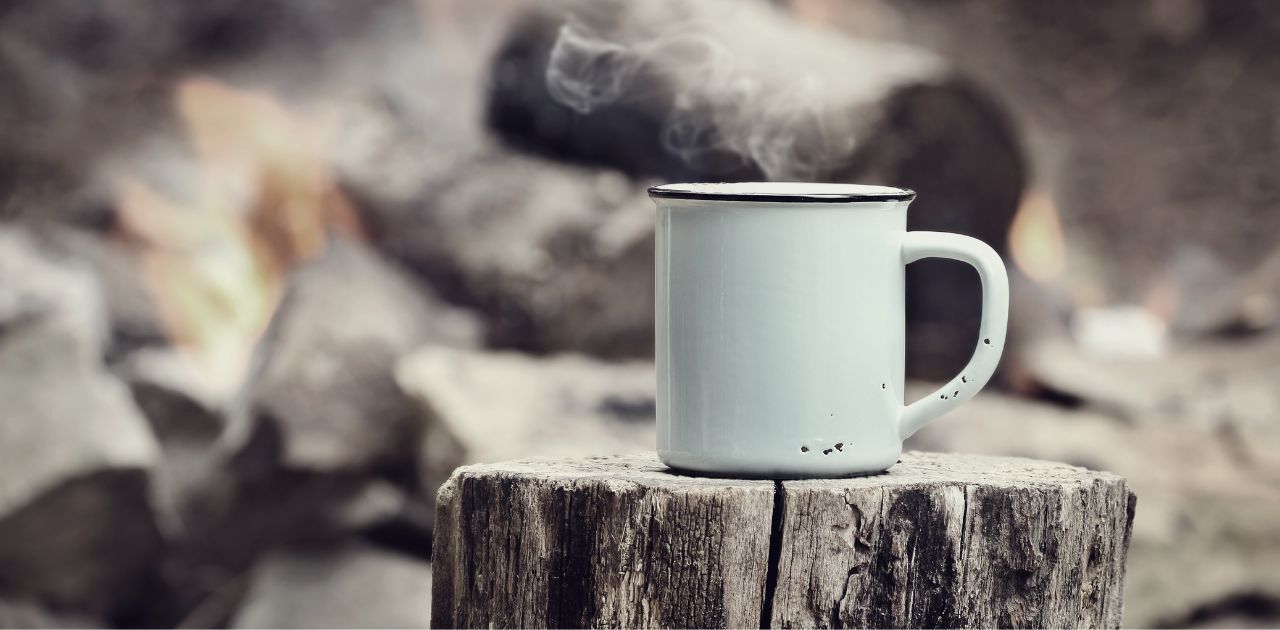
Energy and Alertness
Let's face it, waking up in a tent isn't always as refreshing as we'd like it to be. A cup of coffee can give you that much-needed energy boost and help you stay alert throughout your adventurous day.
Mood Enhancer and Stress Reducer
There's something magical about sipping a warm cup of coffee while listening to the sounds of nature. It can instantly lift your spirits and reduce stress, making your camping experience even more enjoyable.
Socialization Catalyst
Coffee has a way of bringing people together. Sharing a freshly brewed pot with your fellow campers is a great way to bond, exchange stories, and plan your day's activities.
Familiar Ritual in an Unfamiliar Environment
Camping can take us out of our comfort zones, but the ritual of making and enjoying coffee can provide a comforting sense of familiarity, even in the most remote locations.
Brewing Up Success: Factors to Consider When Making Coffee Outdoors
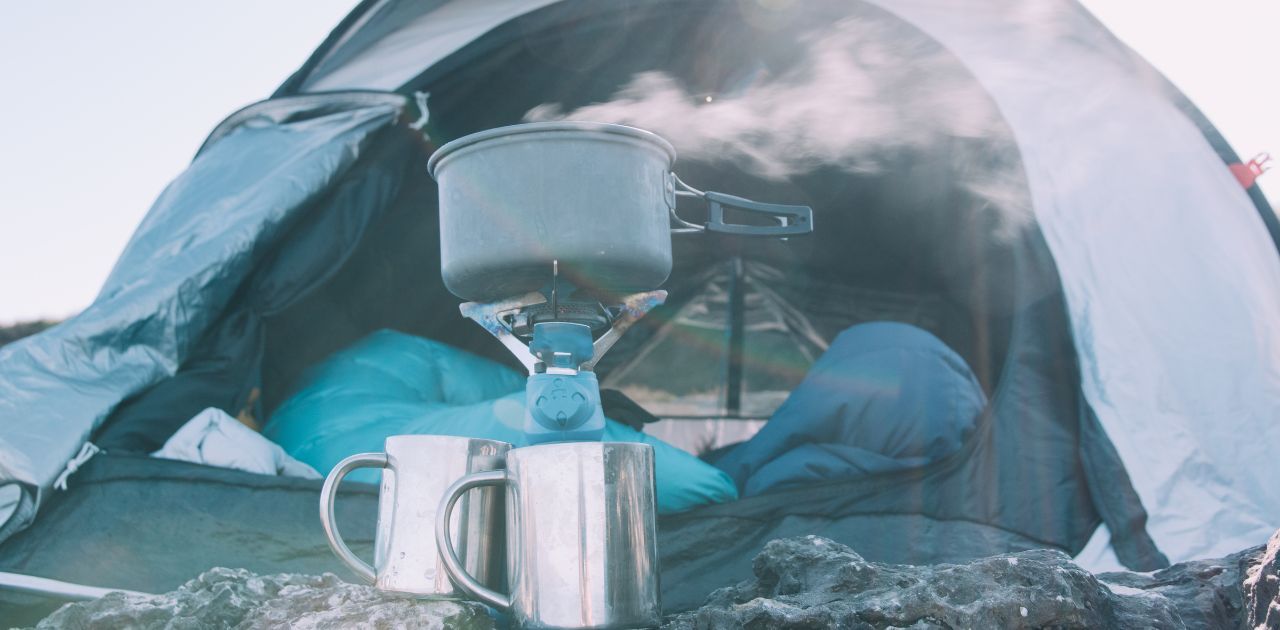
Equipment and Brewing Method
Just like at home, there are multiple ways to brew coffee while camping. Choosing the right method and equipment depends on factors such as convenience, taste preferences, and pack weight. We'll dive into popular brewing methods later in this post.
Freshness and Quality of Coffee Beans
Your coffee is only as good as the beans you use. Remember to bring freshly roasted beans and consider whether you want to pre-grind them or grind them at the campsite. It's a delicate balance between convenience and taste!
Water Source and Quality
You might be miles away from your fancy water filter system, but that doesn't mean you should compromise on water quality.
Clean, fresh water is crucial for brewing a great cup of coffee. Consider using bottled water, filtering your own, or boiling water from a nearby stream.
Popular Brewing Methods for Camping
Alright, now let's get down to business and explore the various brewing methods you can use while camping. Each one has its pros and cons, so choose the one that best suits your taste and camping style.
Instant Coffee: The No-Fuss Option
Pros: lightweight, easy to pack and prepare, minimal cleanup
Cons: lower quality and taste compared to other methods
When it comes to convenience, instant coffee is king. Just add hot water, and voilà! Your morning pick-me-up is ready. This method makes camping coffee quickly and with minimal cleanup.
- While it may not taste as good as freshly brewed coffee, there are some pretty decent options out there.
- Look for high-quality brands that use 100% Arabica beans and avoid those with added artificial flavors or sweeteners.
Pour Over: The Flavorful Lightweight
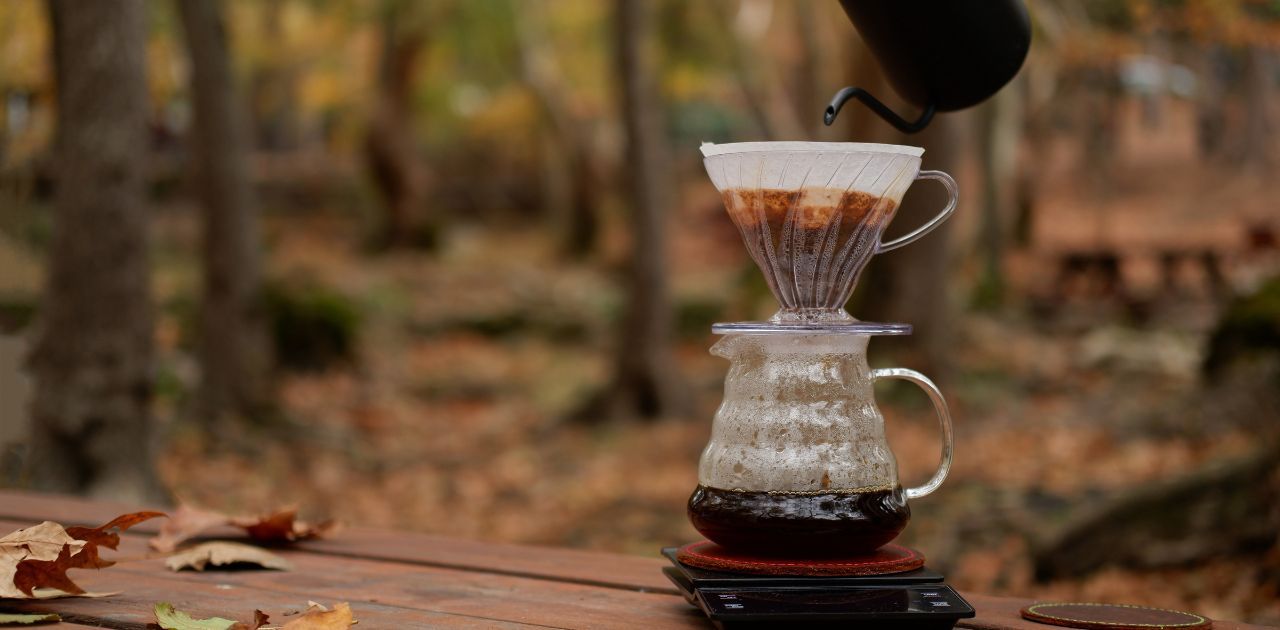
Pros: lightweight, portable, easy to use, better taste than instant coffee
Cons: requires additional equipment (filters, cone), gooseneck kettle preferred, more time-consuming
- For a tastier cup of coffee without sacrificing too much space in your backpack, consider the pour-over method.
- You'll need a lightweight cone, paper filters, and a little patience, but the result is a delicious, aromatic brew.
- We recommend the Hario V60 or the GSI Outdoors Ultralight Java Drip for your camping adventures.
French Press: The Bold and Flavorful Choice
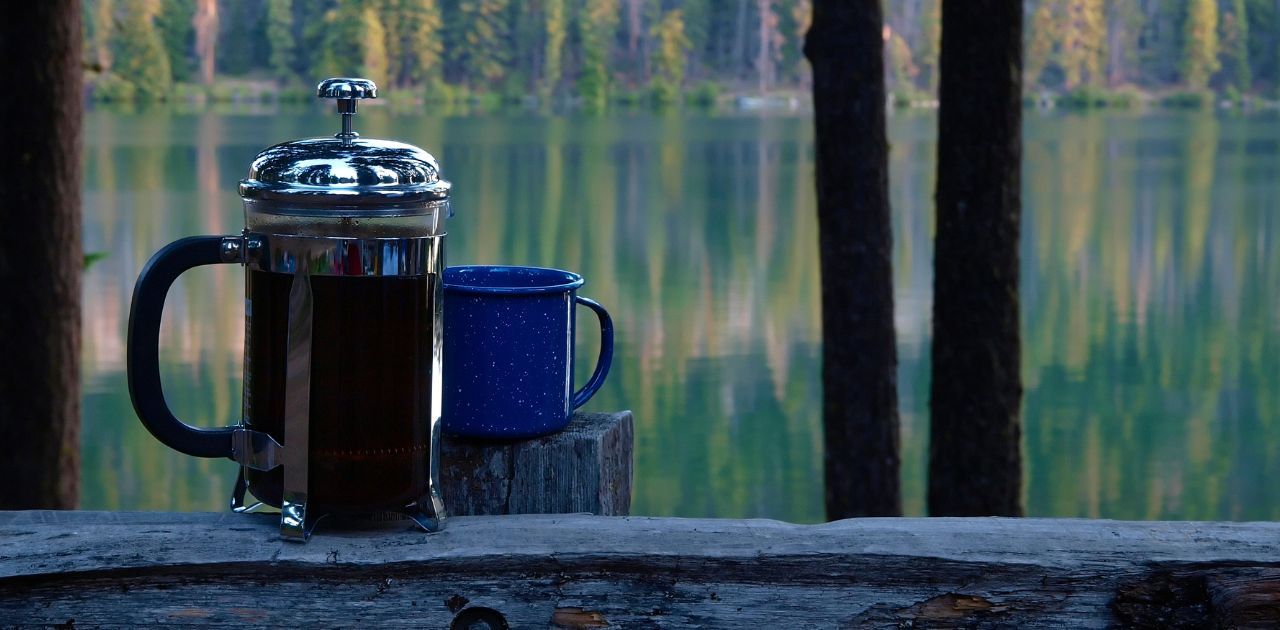
Pros: produces rich and flavorful coffee, no need for filters
Cons: heavier and bulkier, more cleanup required
If you're willing to carry a bit more weight for the sake of a bold and robust cup of coffee, the French press is your go-to option.
Just remember to pack a sturdy, travel-friendly press like the Stanley Adventure All-In-One Boil + Brew French Press, and be prepared to dedicate some extra time to cleaning up those pesky coffee grounds.
AeroPress: The Compact All-Rounder
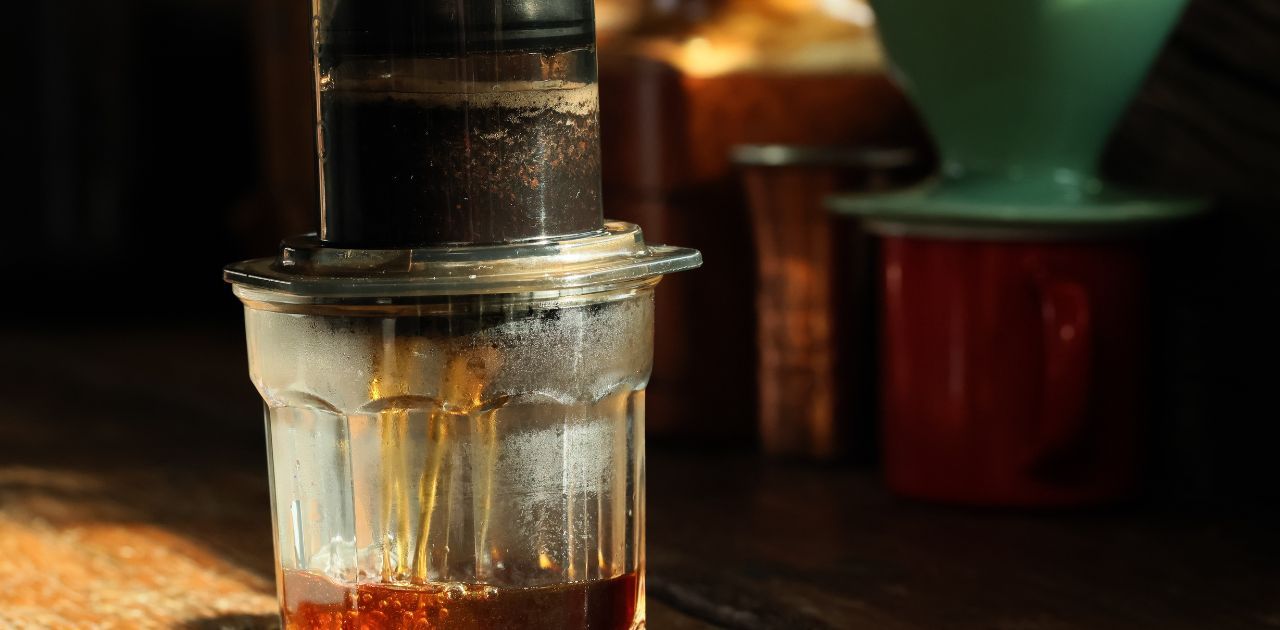
Pros: compact and lightweight, versatile, produces great-tasting coffee
Cons: requires paper or metal filters, more steps involved in brewing process
The AeroPress is a favorite among coffee enthusiasts and for good reason. It's compact, lightweight, and produces a smooth, rich cup of coffee. This is usually my go-to method when camping.
While it does require a few extra steps and either paper or metal filters, the end result is worth the effort. Just follow these simple steps for brewing coffee with an AeroPress while camping:
1. Boil water and let it cool slightly.
2. Assemble the AeroPress and place it over your favorite camp coffee mug.
3. Add coffee grounds to the chamber.
4. Pour hot water over the grounds and stir.
5. Insert the plunger and press down gently.
6. Enjoy your delicious coffee!
Percolator: The No-Nonsense Classic
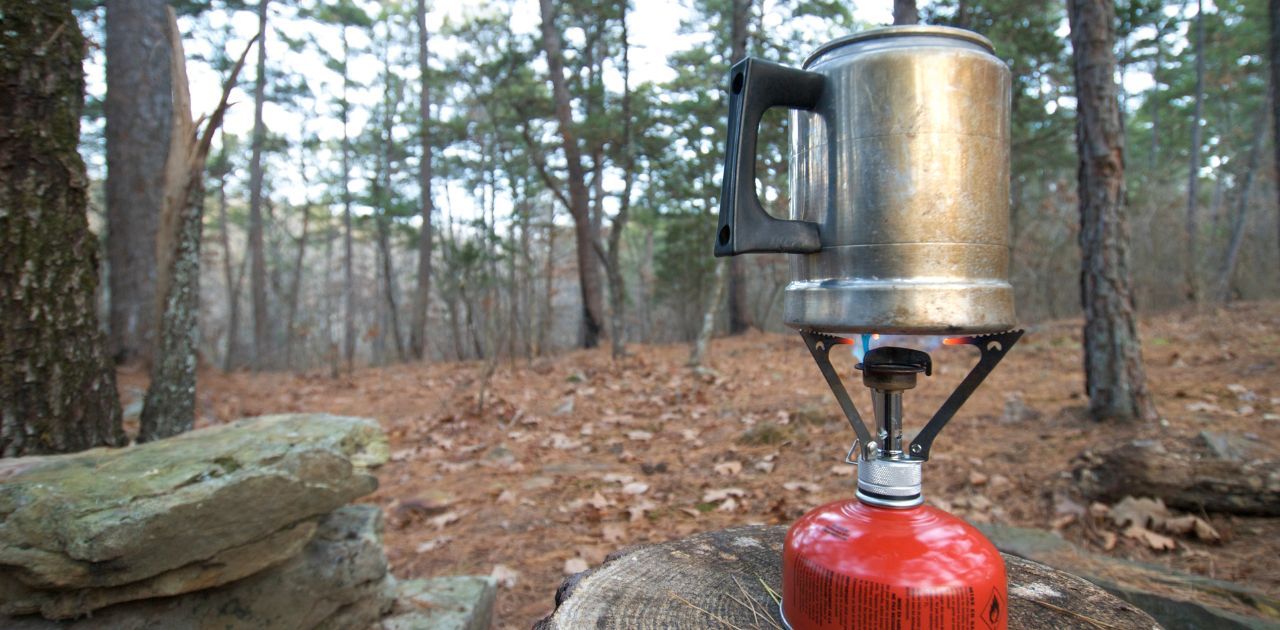
Pros: easy to use, no need for filters
Cons: bulky and heavy, can burn if not monitored closely
Finally, there's the classic percolator. This old-school method is a reliable way to get your caffeine fix while camping. All you need is an outdoor-safe percolator, some coarse ground coffee, and you're all set.
- This coffee percolator off Amazon is a great choice for those looking for a no-nonsense, rust-proof coffee maker that can be used over campfires or on propane stoves.
Cowboy Coffee: The Rustic Throwback
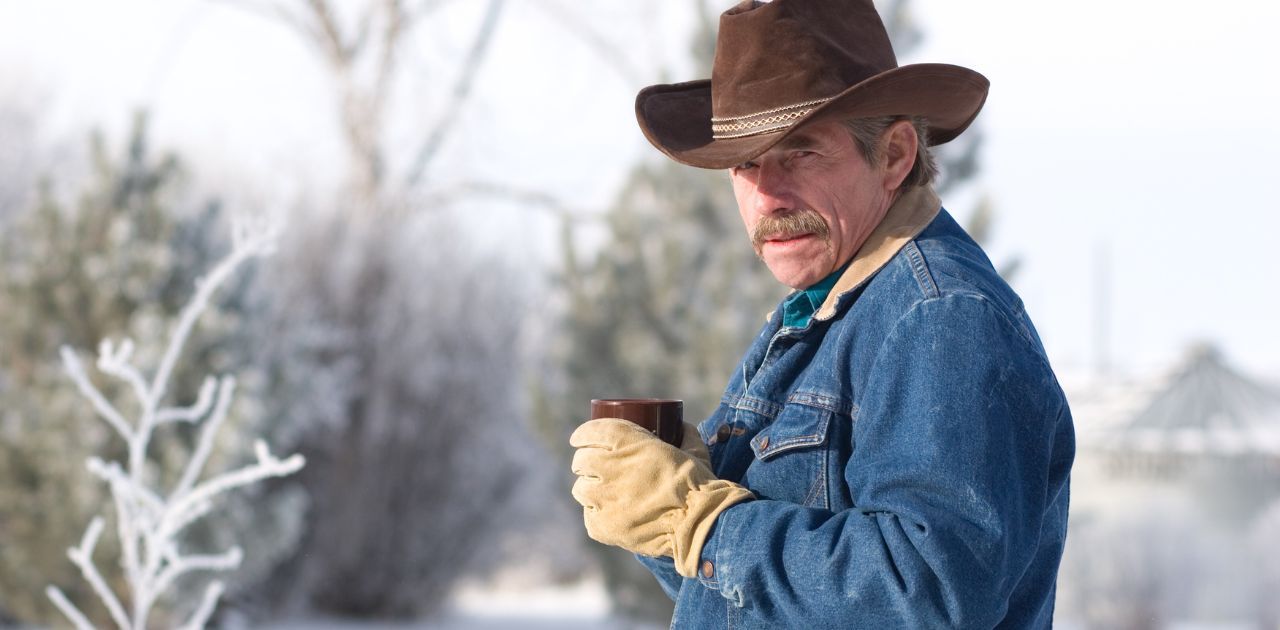
Pros: traditional and nostalgic method, requires minimal equipment
Cons: less consistent taste and quality, grounds can end up in the coffee
Channel your inner cowboy or cowgirl with this age-old brewing method that requires nothing more than a pot, coffee grounds, and water.
When I go backpacking, I prefer using this method because I don't have to carry coffee equipment with me. Here's how to make cowboy coffee while camping:
1. Boil water in a pot or kettle.
2. Remove from heat and let it cool for about 30 seconds.
3. Add coffee grounds directly to the water (1 tablespoon per 8 ounces of water).
4. Stir the mixture, let it steep for 4-5 minutes, and wait for the grounds to settle.
5. Carefully pour the fresh coffee into your coffee cup, trying to leave the grounds at the bottom of the pot.
- One trick with this method is to grind your coffee very fine so it sinks to the bottom.
- You can also sprinkle some cold water on top which helps settle the grounds.
Be aware that this method does result in some rogue coffee grounds in your cup, but hey, that just adds to the rugged camping experience, right?
Tips for Choosing and Storing Coffee Beans
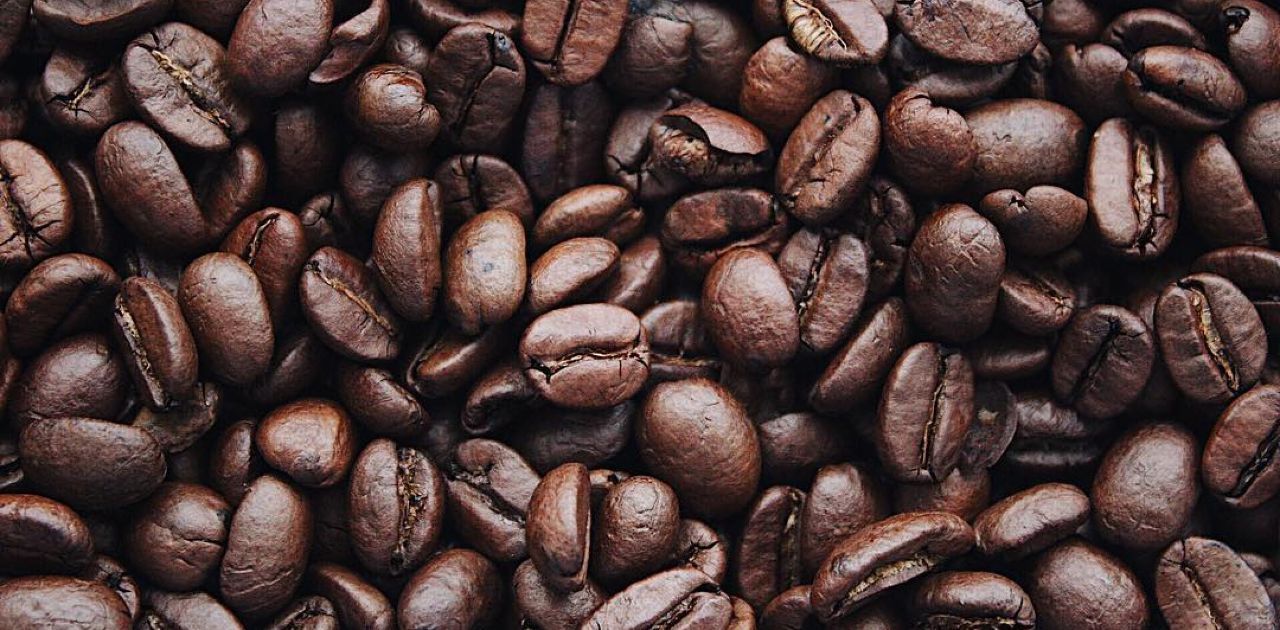
Selecting the Best Roast Level for Your Taste Preferences
Coffee beans come in various roast levels, from light to dark. Light roasts have a brighter acidity and more complex flavors, while dark roasts are bolder and richer. Experiment with different roasts to find the perfect match for your outdoor coffee adventures.
The Freshness Factor: Using Freshly Roasted Beans
Freshly roasted beans are key to a flavorful cup of coffee. Look for beans with a "roasted on" date rather than just an expiration date, and aim to use them within a month of roasting for the best taste.
Proper Storage Methods to Maintain Freshness and Flavor
Keep your beans fresh by storing them in an airtight container away from direct sunlight, heat, and moisture. Consider using a vacuum-sealed container or a resealable bag with a one-way valve to keep those beans in tip-top shape.
Pre-Grinding Beans vs. Grinding at the Campsite
Pre-grinding your beans before your trip can save time and effort, but freshly ground coffee beans offer a more flavorful and aromatic coffee experience. If you're willing to put in the extra work, pack a lightweight, portable grinder like the Hario Mini Mill Slim or the Porlex Mini.
Water Quality and Temperature: The Unsung Heroes of Great Coffee
Importance of Using Clean, Fresh Water for Brewing Coffee
Water makes up 98% of your coffee, so don't skimp on quality. Use clean, fresh water devoid of any off-flavors or contaminants to ensure your coffee tastes its best.
Options for Sourcing Water While Camping
Depending on your camping location, you can use bottled water, filtered water from a portable filtration system, or boiled water from a nearby stream. Just make sure it's clean and safe for consumption.
Tips for Achieving the Optimal Water Temperature for Brewing
The ideal water temperature for brewing coffee is between 195°F and 205°F (90°C and 96°C). To achieve this without a thermometer, bring your water to a boil and let it sit for about 30-60 seconds before pouring it over your coffee grounds.
Environmentally Friendly Coffee Practices: Brew Responsibly
Using Reusable Filters and Equipment
Opt for reusable filters and equipment wherever possible, such as metal filters for pour-overs or AeroPresses, and travel-friendly French presses that don't require paper filters.
Proper Disposal of Coffee Grounds and Waste
Dispose of coffee grounds responsibly by scattering them in vegetated areas away from water sources, packing them out in a sealed container, or using biodegradable coffee filters that can be buried in a cathole.
Supporting Sustainable and Ethical Coffee Brands
Choose coffee brands that prioritize sustainability and ethical practices, such as those with Fair Trade, Rainforest Alliance, or organic certifications.
Minimizing Water Usage and Waste
Be mindful of your water usage when brewing coffee outdoors. Measure the amount of water you need for brewing and cleanup to avoid wasting this precious resource.
Bottom Line
We've covered everything from the benefits of coffee while camping to various brewing methods, tips for choosing and storing coffee beans, water quality, and eco-friendly practices.
Now it's time for you to put this knowledge to use and find your perfect outdoor coffee experience.
Remember, experimenting with different brewing methods and coffee beans is all part of the adventure.
And as you enjoy your morning cup of joe surrounded by nature's beauty, don't forget the importance of environmentally friendly practices to ensure we can continue brewing coffee in the great outdoors for generations to come. Happy camping and brewing!
Before You Go...
